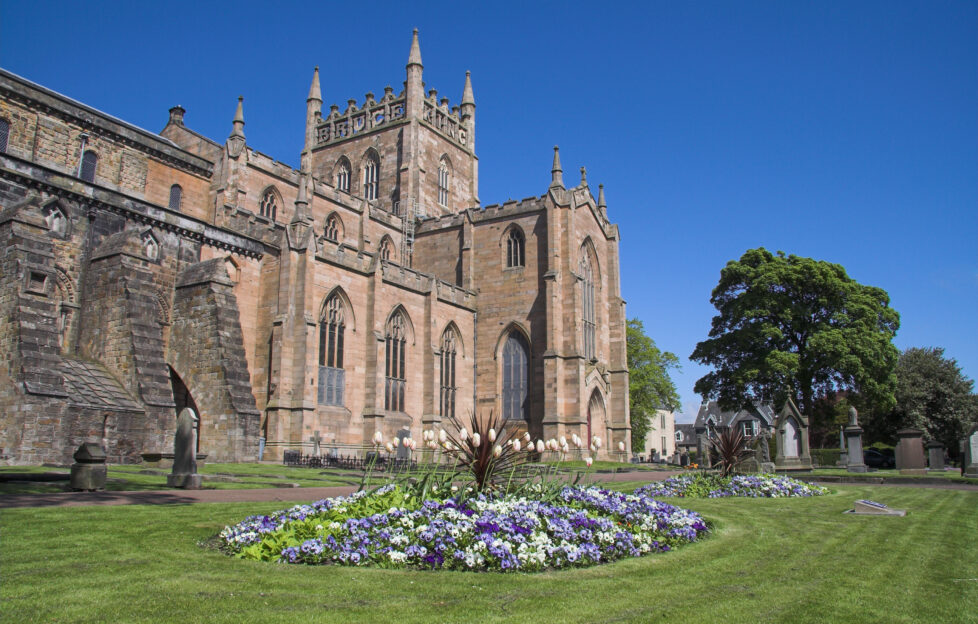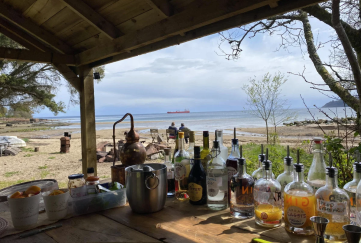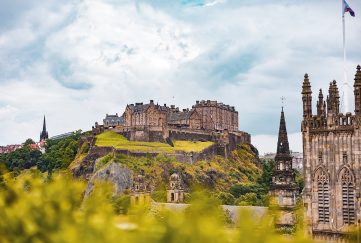A Royal Resting Place – Dunfermline Abbey

Dunfermline Abbey is of breathtaking historical significance…
This magnificent building is an attraction on two counts. Firstly, for its superb architecture and secondly as the resting place of some of Scotland’s greatest kings and queens.
This double role makes it one of the country’s most important cultural sites and a must-see for anyone visiting south-west Fife.
It is one of the foremost Scottish religious sites after Iona Abbey, and has been a place of worship since 1072, continuing as a working church today.
The western half, now ruined and under the care of Historic Environment Scotland (HES), was commissioned by David I on the site of a smaller church. This was established around 1040 by his mother, Queen Margaret, later to become St Margaret.
His church extended further east under what is now the Church of Scotland. The eastern half, sitting on the remains of the choir of the old abbey, is a parish church. During the early part of its construction in the 19th century, however, workmen made a sensational discovery.
The skeleton of Robert The Bruce was found in a vault wrapped in a shroud. It was re-buried below the pulpit of the new church, and the 200th anniversary of the reinternment of Bruce’s remains was marked in 2019.
“Dunfermline is hugely important in the national story as a royal burial place,” says Judith Anderson, of the Cultural Resource Team at HES. “The tombs, which lie under the present-day abbey church, include those of figures who truly shaped Scotland such as St Margaret, her husband Malcolm Canmore, David I and Robert The Bruce.
“It was not unusual for important people to be exhumed and reburied so that their resting place was appropriate to their status. We think St Margaret’s remains were interred several times in different locations.
“A special chapel was built for her in 1250, but only the foundations survive. This shrine is outside the walls of the present-day abbey, at the far east end.
“The abbey’s great nave dates back to the 12th century and is the only part of David’s original church. The interior would have been much more colourful with painted scenes on the walls. A few fragments of these still survive.”
Each year, between 30,000 and 35,000 visitors come to the abbey to visit the tomb of Bruce, marked by brass gifted by the Earl of Elgin in 1889. But the warrior king was given a more fitting epitaph, with the words “King Robert The Bruce” incorporated around the top parapet of the Abbey’s tower.
The ruins looked after by HES have their own significant place in history. The site isn’t just that of King David’s church but also a great complex of monastic buildings and living quarters. It also included a royal palace where Charles I was born, the last monarch to be born in Scotland.
Whether you visit for religious reasons or for a cultural or historic crusade, the present-day abbey and the historic ruins alike will make a lasting impression.






